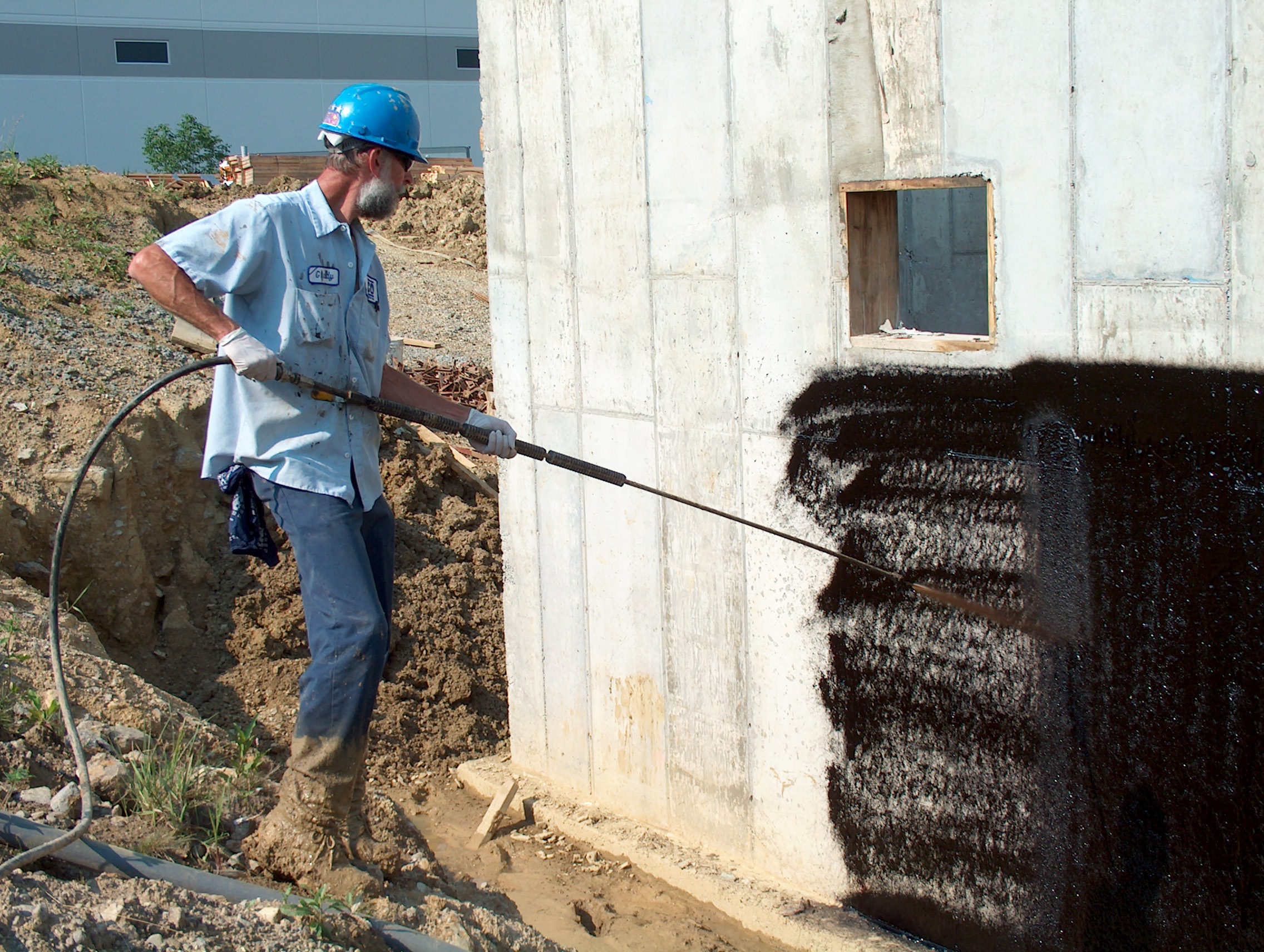Water damage can spell disaster for any home or building, leading to costly repairs and potential health risks. This makes water resistance an essential aspect of property care that every homeowner should take seriously. Unfortunately, many people overlook key aspects of waterproofing or fall victim to widespread myths, which can worsen problems instead of preventing them. Understanding the significance of proper waterproofing techniques is vital for safeguarding your investment and guaranteeing the well-being of your family.
In this post, we will explore frequent errors in waterproofing that property owners often make and provide insights on how to prevent them. By highlighting the importance of waterproofing in areas such as cellars, roofs, bathrooms, and outdoor structures, we aim to arm you with the information needed to safeguard your property from water damage. From understanding when professional assistance is necessary to dispelling waterproofing myths, we will guide you through what you need to know for effective waterproofing solutions.
Essential Moisture-Proofing Guidance
Waterproofing is a critical aspect of maintaining the stability of any house or building. Comprehending why waterproofing is necessary for any structure can spare landlords and administrators significant hours and money by preventing water-related issues. From substructures to ceilings, effective moisture-proofing can protect against water escapes and moisture infiltration, which, if not addressed, could cause fungus growth, decomposition, and high fixes. By investing in quality moisture-proofing methods, you can guarantee your property remains a protected and pleasant environment.
One frequent fallacy is that moisture-proofing is only required in regions prone to substantial rainfall. In reality, all structures require a degree of form of waterproofing to safeguard against a variety of water-related issues, including humidity, condensation, and unforeseen leaks during inclement weather. Moisture-proofing falsehoods clarified reveal that just minor dampness issues can grow into serious problems if not handled. Awareness of these risks can encourage proactive measures before it becomes too late to respond.
Spotting clues that your property needs waterproofing is vital in preventing more widespread problems. wet basement Toronto should be alert to significant clues such as chipping paint, wet spots in basements, and musty odors, which may suggest damp ingress. By spotting these indications early on and understanding how to waterproof your basement and other vulnerable areas efficiently, you can protect your asset and uphold your property's worth over time.
Effective Waterproofing Techniques
One of the most practical waterproofing techniques is to ensure proper water management around your home. This involves grading the terrain away from the base and placing gutters and downspouts that direct rainwater away from the structure. Effective drainage staves off water from gathering near your base, which can result to leaks and other water damage. Regular maintenance of these systems is crucial to avoid blockages that can cause water to leak and seep into the structure.
Another key strategy is to choose the appropriate waterproofing materials for your particular needs. Whether you're evaluating interior or exterior waterproofing, it's essential to select premium products designed for the areas you're working in. For instance, basement waterproofing may necessitate the use of specialized membranes and sealants, while roof waterproofing might benefit from coatings that resist UV radiation and temperature fluctuations. Studying and selecting the most suitable waterproofing materials can significantly impact the longevity and effectiveness of the approach.
Lastly, think about consulting experts who have experience in waterproofing to ensure a proper method. While DIY approaches can be tempting, professional evaluations can identify underlying issues that may not be apparent. Experts can provide tailored recommendations and ensure proper execution of techniques and materials. Allocating resources in professional services can be a smart move to protect your property from costly water damage in the future.
Frequent Errors and Resolutions
One of the most common errors in waterproofing is neglecting proper surface readiness. Many homeowners rush the process, putting on waterproof layers over dirty or irregular surfaces. This can lead to sticking issues, leading in flaking and inefficient waterproofing. To avoid this, always allocate sufficient time washing and repairing the surface before putting on any products. A clean and smooth surface enhances the effectiveness of the waterproofing material.
Another common error is overrating the capabilities of DIY methods. While there are many effective waterproofing products on the market for home use, they often demand specific application methods to achieve the optimal results. Homeowners occasionally apply too light a layer or fail to follow the manufacturer's instructions. To avoid this problem, consider consulting professionals for challenging areas like cellars or roofs, ensuring the job is done correctly and that you use the appropriate products for your specific needs.
Lastly, ignoring signs of water damage until it becomes severe is a major error. Homeowners often delay too long to tackle noticeable leaks or moisture problems, resulting to costly repairs down the line. Regular inspections and maintenance can help catch potential problems early. Establish a seasonal plan to inspect for leaks, cracks, and indicators of mold to keep your property safe and minimize long-term damage.

